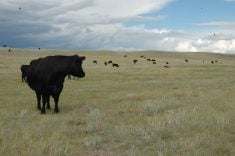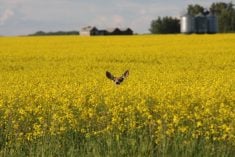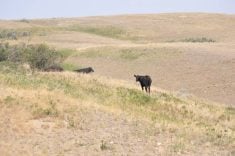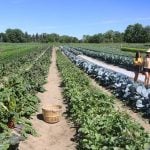In the oven that southern Ontario has become this summer, 52-year-old Ken Bee responds to a query about rainfall with a glance at his records.
“Let’s see. We had half, three quarters of an inch June 21. July 4, half an inch. That’s it.”
His corn, soybean and barley crops have been showing the strain.
“The corn stalk leaves are browning. My soybeans have quit growing,” said the Dresden, Ont., producer on Aug. 10.
“Rain would be welcome but we’ve already lost quite a bit that we’ll never get back.”
Read Also
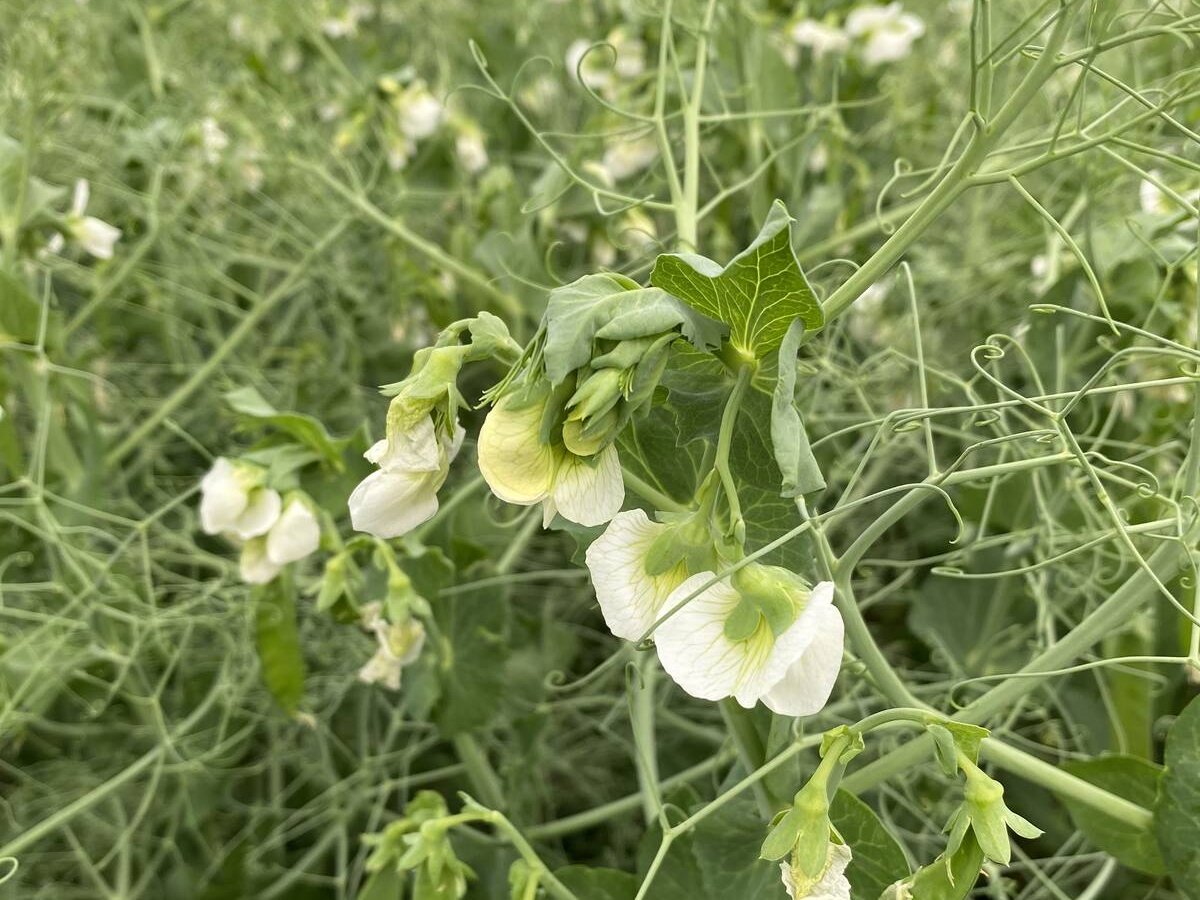
India slaps 30 per cent import duty on yellow peas
India has imposed a 30 per cent duty on yellow pea imports with a bill of lading date on or after Nov. 1, 2025.
A time zone east near Fredericton, New Brunswick organic vegetable grower Karen Davidge says she has been able to use her own reservoir to water crops but still, the hot dry weather is starting to take its toll.
“We’ve tried to isolate ourselves but we’re starting to hurt now,” she said.
“The potato stalks are wilting. The potatoes are not sizing up. Later crops will show the same effects.”
Three time zones west at Langham, Sask., northwest of Saskatoon, dairy farmer Leo Bertoia is watching his costs rise and his production fall.
“We’ve got the fans running but still, it is too hot for the cows,” said Bertoia, president of Dairy Farmers of Canada. “Animals react to heat just like we humans do. It slows them down.”
Milk production on his farm is down close to 10 percent from last year.
Yet Bertoia is one of the lucky ones. He figures he will have enough forage from last year to get him through the winter.
Across the Prairies and across the country, livestock and dairy farmers are facing the grim prospect of supplementing barren pastures with feed that should be saved until next winter.
On the Prairies, farmers are paying up to $200 per tonne to have forage shipped to their farms.
Meanwhile, predictions for prairie grain production are down by 20 percent, Ontario’s corn crop is shriveling in the field and from British Columbia to Newfoundland, Canadian farmers are feeling the effects of one of the driest and hottest summers in years.
In Manitoba and parts of southeastern Saskatchewan and north-northwestern Alberta, the problem has been too much moisture.
It is a summer of extreme weather that farm leaders and government officials say will create pressures on farm income safety net systems once harvest is over.
Bertoia said it could also strain the milk farmer cost-of-production formula which helps set consumer and processor milk prices.
“Our costs are up this summer,” he said.
“I expect there will be an attempt later this year to adjust the COP to account for that.”





